Romania travel: Destinations to visit in 2023
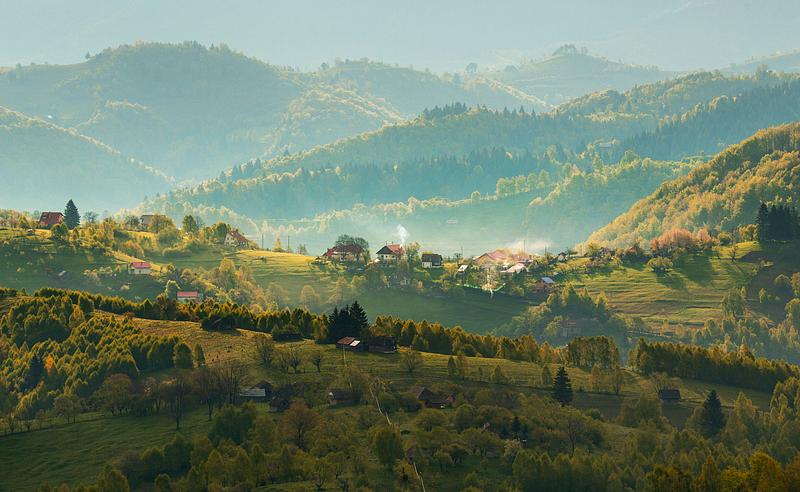
The end of the pandemic-related restrictions gave a much-awaited boost to local tourism numbers, and more places have worked to gain local and international recognition. We revisit below the destinations that made the headlines this year and the ones gearing up to do so the next for a list of suggestions for 2023.
Timișoara
After a delay caused by the pandemic, Timișoara will hold the European Capital of Culture title in 2023. It is the second city in Romania to hold the title, after Sibiu in 2007. The city, the largest in Romania's Banat region, will officially kick off its program of events during the weekend of February 17 – February 19 with hopes it will prove a significant tourist draw. In December, Timișoara's mayor Dominic Fritz was on a European visit in Brussels and Paris to promote Timișoara 2023 and met various European officials, culture industry professionals and diplomats to showcase the project.
Visitors can expect an average of 30 events per week and hundreds of projects taking place throughout the city. Music-wise, there will be 12 festivals, ranging from Baroque music to rock, and another 15 themed festivals, from theater to circus. Writers Orhan Pamuk and Olga Tokarczuk, both winners of the Nobel Prize for Literature, have been announced among the guests, who also include the Singing Molenbeek choir from Brussels, the Manchester dance company Chameleon Company, theater company Rimini Protokoll, and orchestras from Gera and Köln.
Outside of the events connected to the European Capital of Culture program, Timișoara is one of the country's most interesting cities to visit. It is the place where the spark of the 1989 Revolution was ignited, and the dedicated Memorial highlights aspects of this recent piece of history. The National Museum of Banat, the Museum of Banat Village or the Art Museum are all places to learn more about the city's and the region's past and culture. Elsewhere, the city also boasts an impressive architectural heritage, with Baroque, Art Nouveau and Secession styles well represented. The Maria Theresia Bastion, which underwent refurbishment ahead of the event, the Catholic Dome, the Baroque Palace, and the early 20th century buildings spread across the city's historic neighborhoods of Cetate, Iosefin and Fabric are among the landmarks to see.
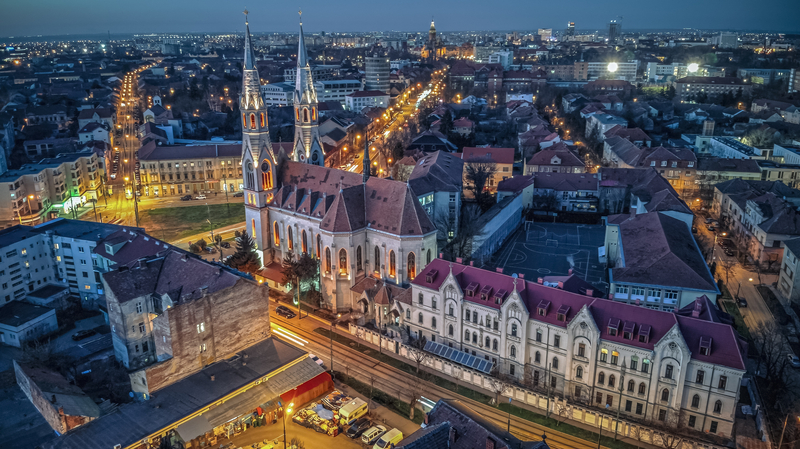
Buzău Land
This area of rich geodiversity has received this year the title of UNESCO Global Geopark, an added reason to put it on the list of destinations to cover. It is a hilly and mountainous territory in the Carpathian Bend Area with landmarks such as the mud volcanoes, the domes of salt, the Eternal Flames - natural fires that burn almost ceaselessly, the sandstone concretions known as "trovanți" in Romanian, or the Colți red amber, a gemstone stemming from the fossilized resin of prehistoric trees.

Since the area is a rural one, visitors will find here many villages, with their traditions and lifestyles, and there is plenty of nature to explore and photograph. The area is also home to several museums, among them Casa Zestrea Bisoceană, a museum showcasing traditional village life and temporary exhibitions of local artists; Aluniș Art Center, an abandoned school that has been turned into an exhibition venue; Muzeul Formelor (Museum of Shapes), which uses augmented reality to let visitors in on the stories and histories of the area's landmarks; and a Museum of Amber, befitting the area that has the largest amber deposits in the country.
Colinele Transilvaniei
The area is already one of the most popular with tourists visiting the country, but this year Colinele Transilvaniei (the Transylvanian Highlands) has received the ecotourism certification from the Ministry of Tourism. Stretching on some 260,000 hectares of protected natural areas, covering part of the Brașov, Mureș, and Sibiu counties, the region is known for its Saxon villages with fortified churches, some of them included in the UNESCO patrimony, for its rich biodiversity, and the practice of traditional agriculture. The certification recognizes the area's development on sustainable principles and can be used to promote tourist experiences for a period of three years.
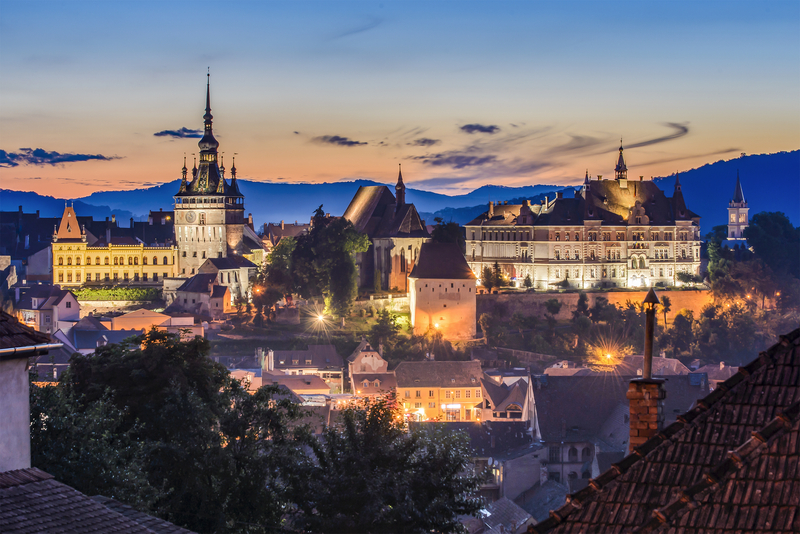
The region is home to many UNESCO heritage sites, including the town of Sighișoara and its well-preserved medieval core and the fortified churches in Biertan, Saschiz, and Valea Viilor. There are many castles, mansions and citadels to visit, each one with interesting stories to discover, and numerous trails to cover on foot or by bike. For nature enthusiasts, the area is rich in sites for wildlife- and bird-watching as traditional land-care practices have helped maintain biodiversity. More than 600 butterfly species can be found in the region's grasslands, while the beaver, the wolf, the deer, the brown bear and the wild cat also have a home in the area.
Gastronomy is another highlight of the region, and the varied culinary offer, with many influences, is available in many forms: brunches at locals, tasting of traditional products events, fairs and local markets and more. More on what is available in the area here.
Via Transilvanica
After a lot of work, the long-distance trail crossing the country from Putna to Drobeta-Turnu Severin was officially inaugurated this fall, giving hikers and cyclists numerous options to travel across seven cultural and historical regions of Romania.
The trail, a project of NGO Tășuleasa Social, covers some 1,400 km and can be covered in full in several weeks or in parts, depending on the travelers, who can find along the way accommodation and food as well as various information about the history and culture of the areas Via Transilvanica crosses.
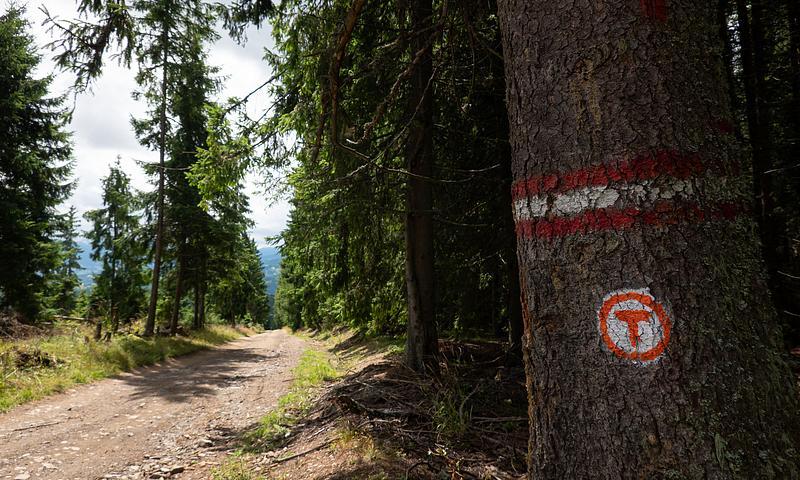
Those who embark on the trail can see parts of Bucovina, Ținutul de Sus (the Upper Land), Terra Siculorum - a region inhabited by the Székelys, Terra Dacica – which covers the area of Blaj – Orăștie with a stop in Alba-Iulia and towards Ulpia Traiana Sarmizegetuza, the mountainous Banat region, with its secular forests, and Terra Romana, another segment with spectacular views of the Cernei Mountains, Herculane, and Domogled National Park, among others. More about the trail here.
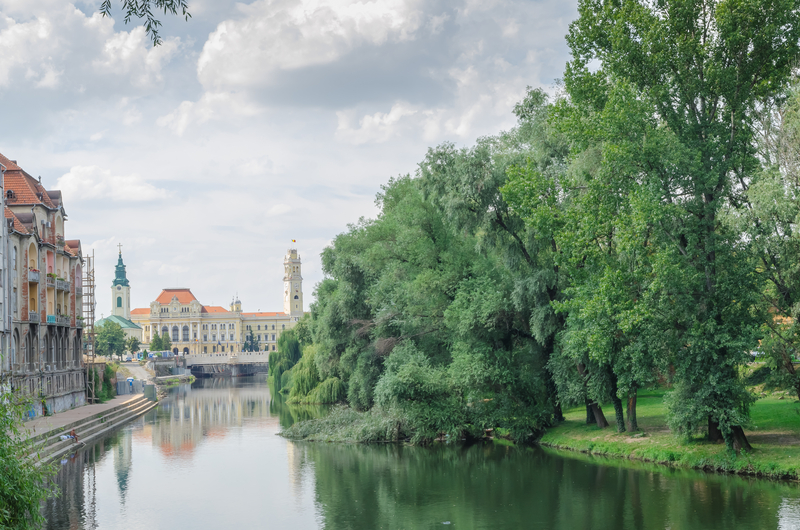
Oradea
This city in northwestern Romania was this year among the 20 destinations selected in the 2022 European Best Destinations competition, and its Art Nouveau heritage, which earned it inclusion in the Art Nouveau Network, makes it a candidate for various travel lists time and again. Oradea Fortress, open to the public since 2015 after a long restoration process, is one of the most important late medieval architectural monuments in Transylvania. It currently serves as the central point for the city's cultural events, ranging from medieval festivals to movie evenings. The city is also close to the thermal spa resort of Băile Felix, while plenty of options are available for fans of outdoor activities in the mountains surrounding the area. More about Oradea's Art Nouveau buildings here and some café options here.
For more inspiration:
Outdoor enthusiasts can use the app Anii Drumeției (Hiking Years), released this summer, to choose from among 54 trails in Sibiu county. The app covers 45 hiking trails in Făgăraș and Cindrel Mountains, nine non-homologated cycling routes already used by the public, routes on the bank of the river Olt suitable for water activities and bird watching, and four equestrian routes around horse riding centers in Apos, Prod and Șelimbăr.
For more inspiration on the country's nature and wildlife and sites to visit the app Romania Salbatică gives various tips and recommendations, alongside spectacular photos of landscapes, fauna or flora, and complete information about Romania's national and natural parks, but also about other protected natural areas. The app comes from the creators of the Romania Salbatica/Wild Romania project, which includes the nature documentary and photobook of the same name.
The Night of Museums, which sees institutions open their doors for free entry for one evening every in spring, is one of the most popular events with the local public, and for next year an edition covering museums in rural areas has been announced. Some suggestions of museums to visit in the country's villages are available here.
(Opening photo: Transylvania hills by Dpvue | Dreamstime.com)
simona@romania-insider.com













